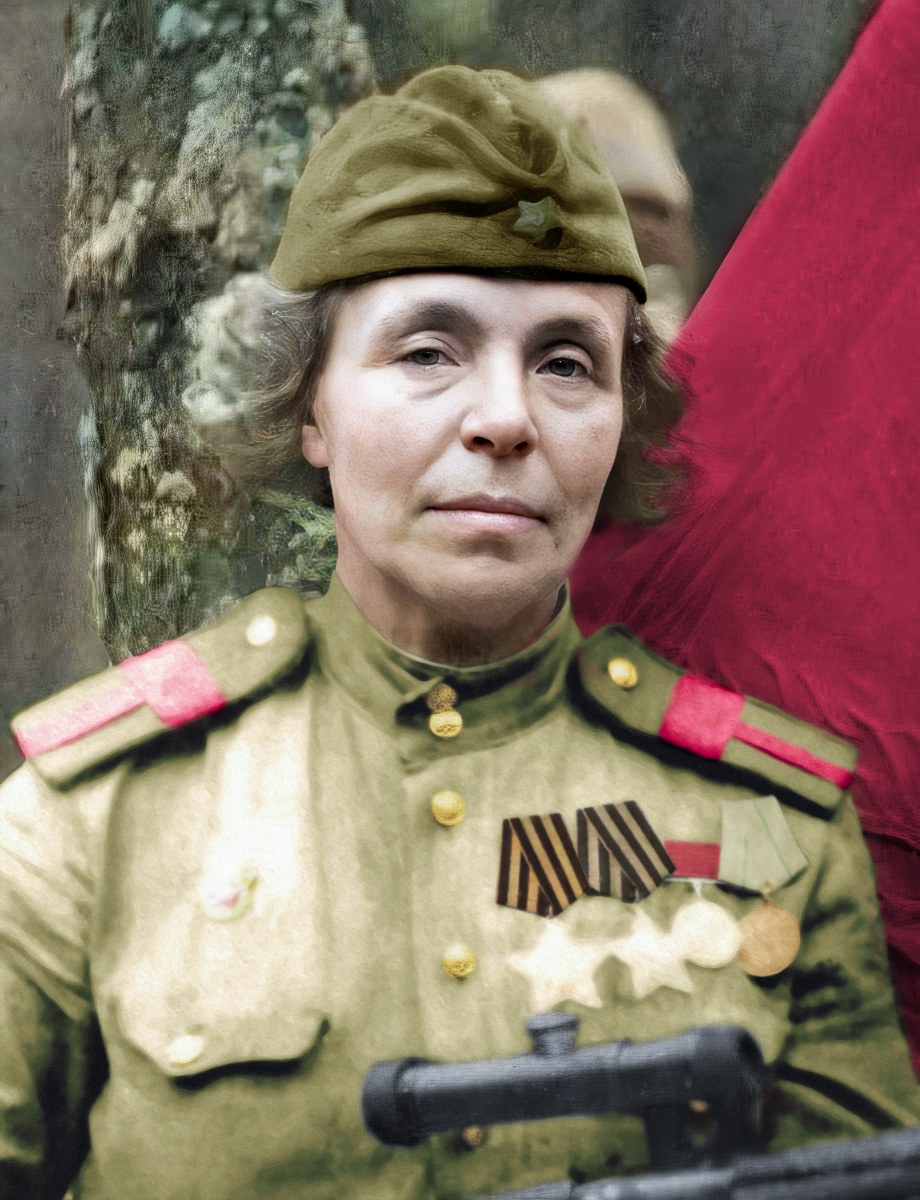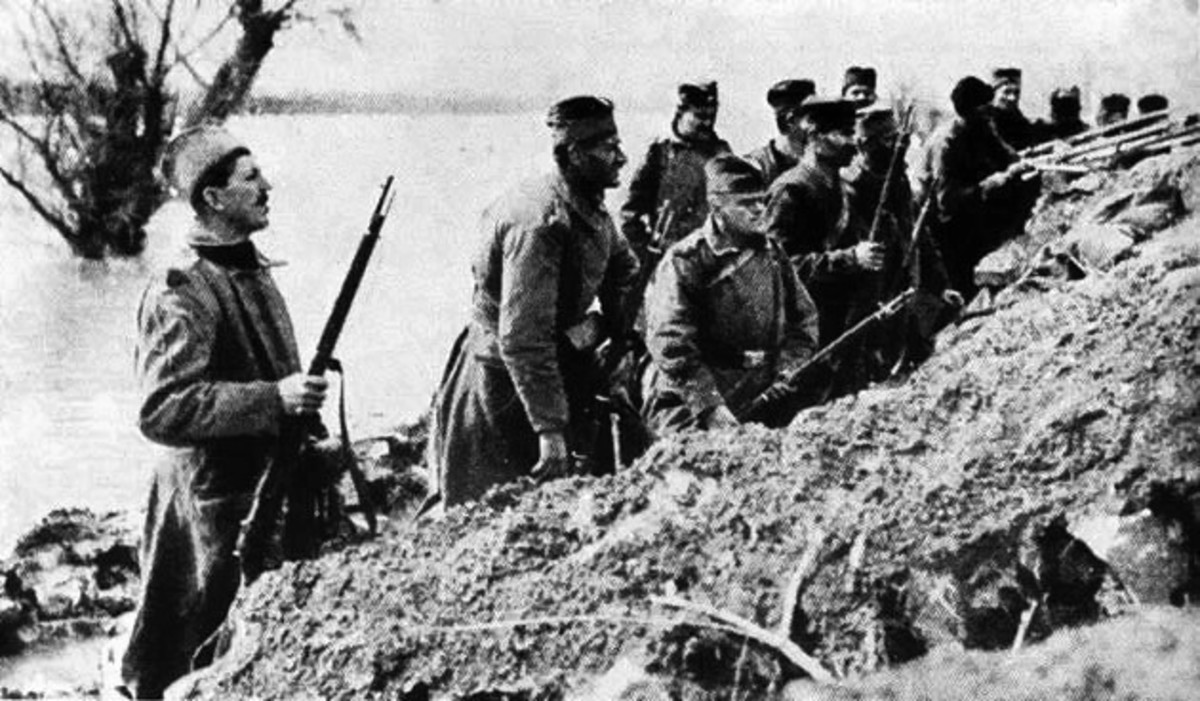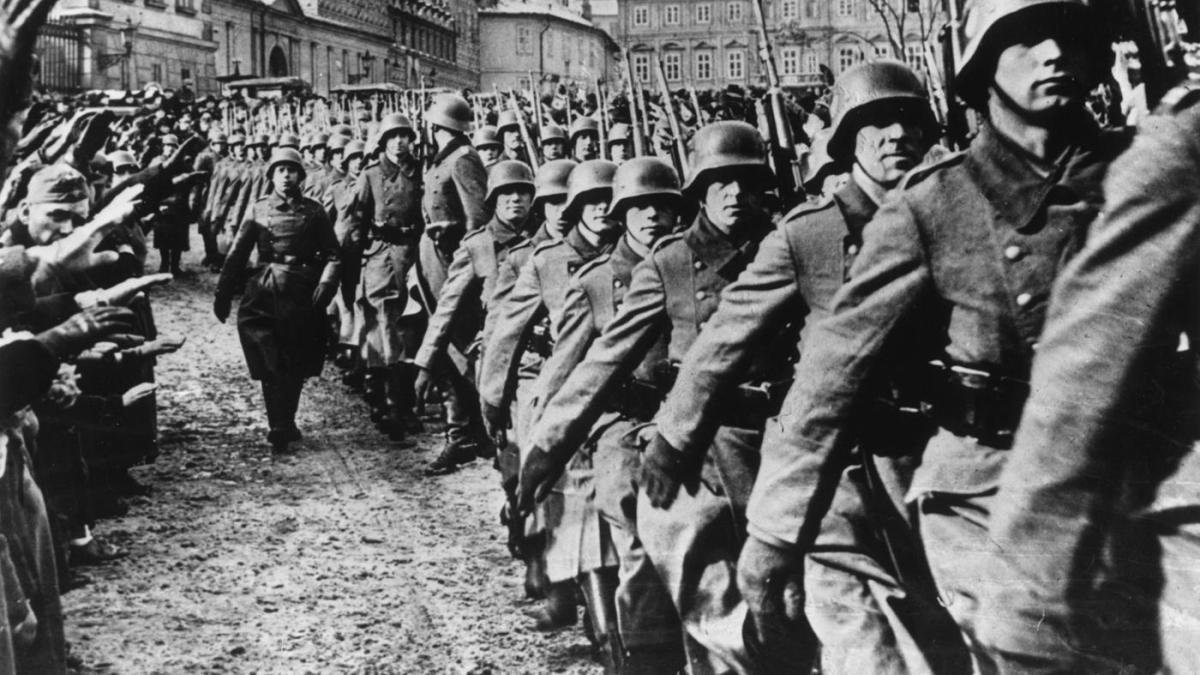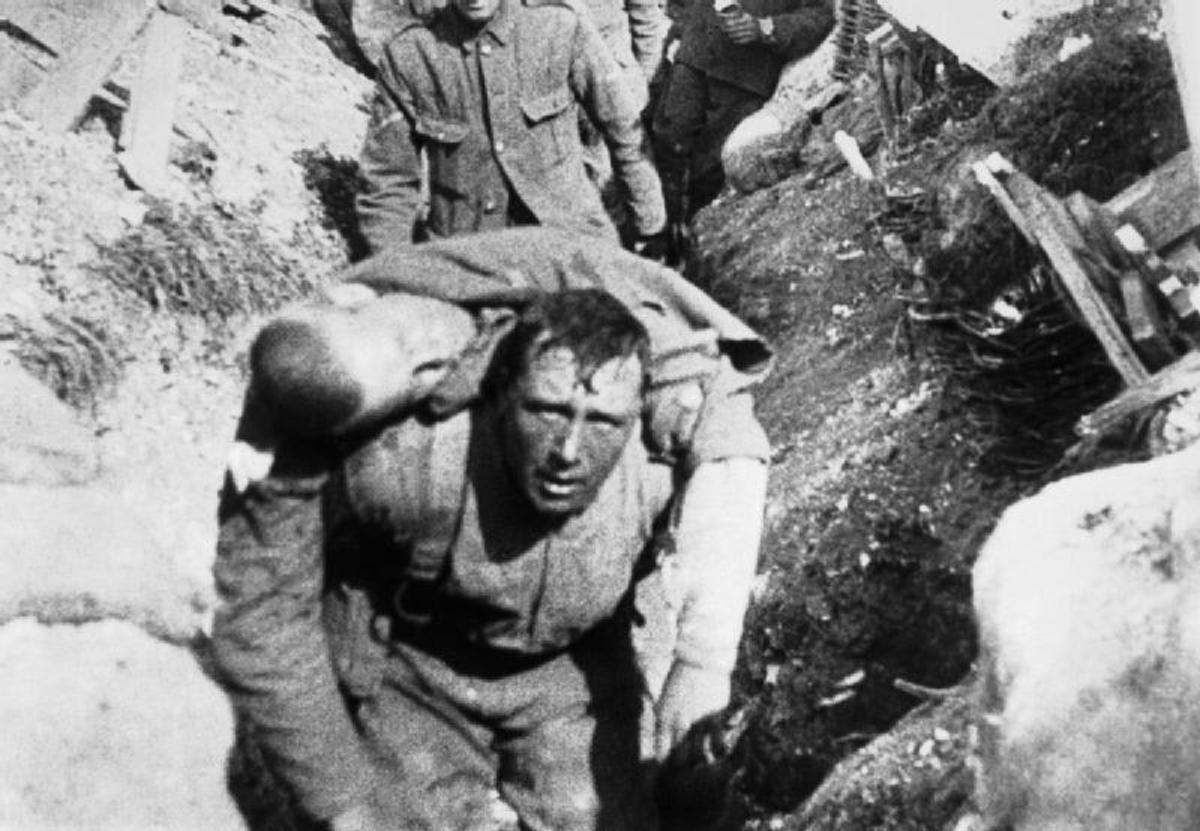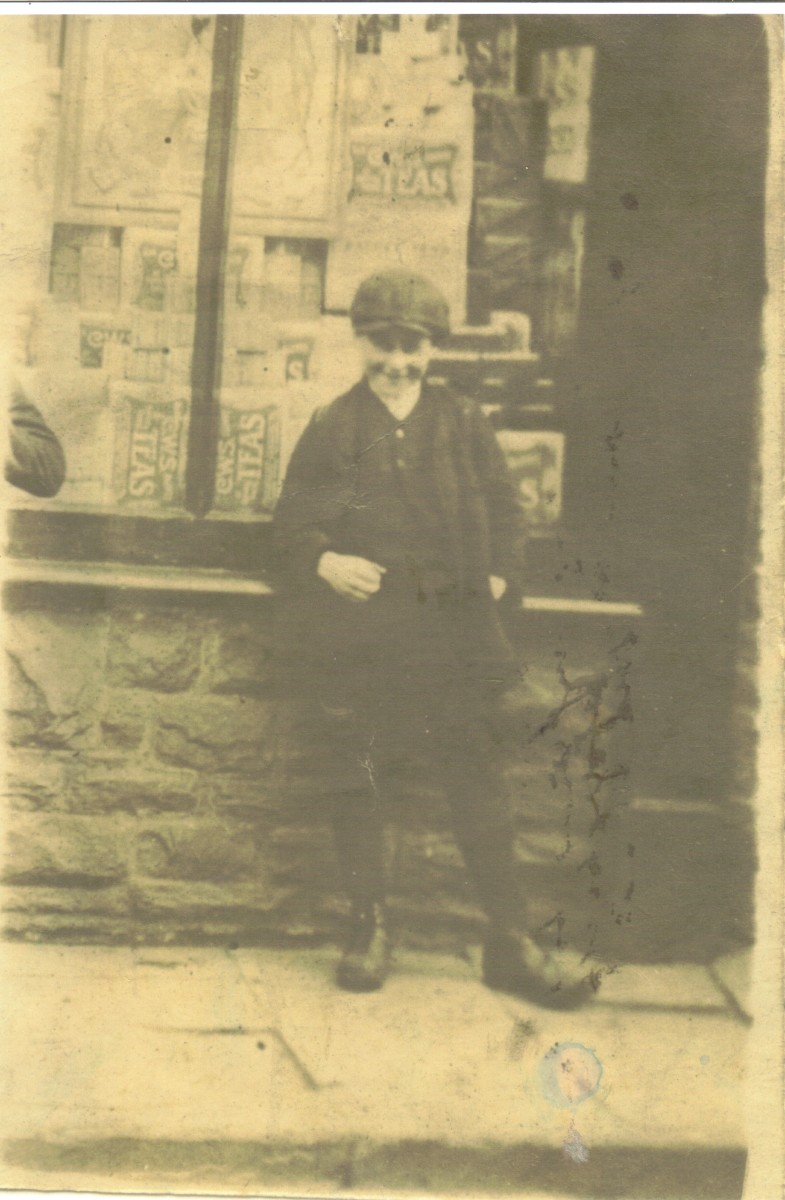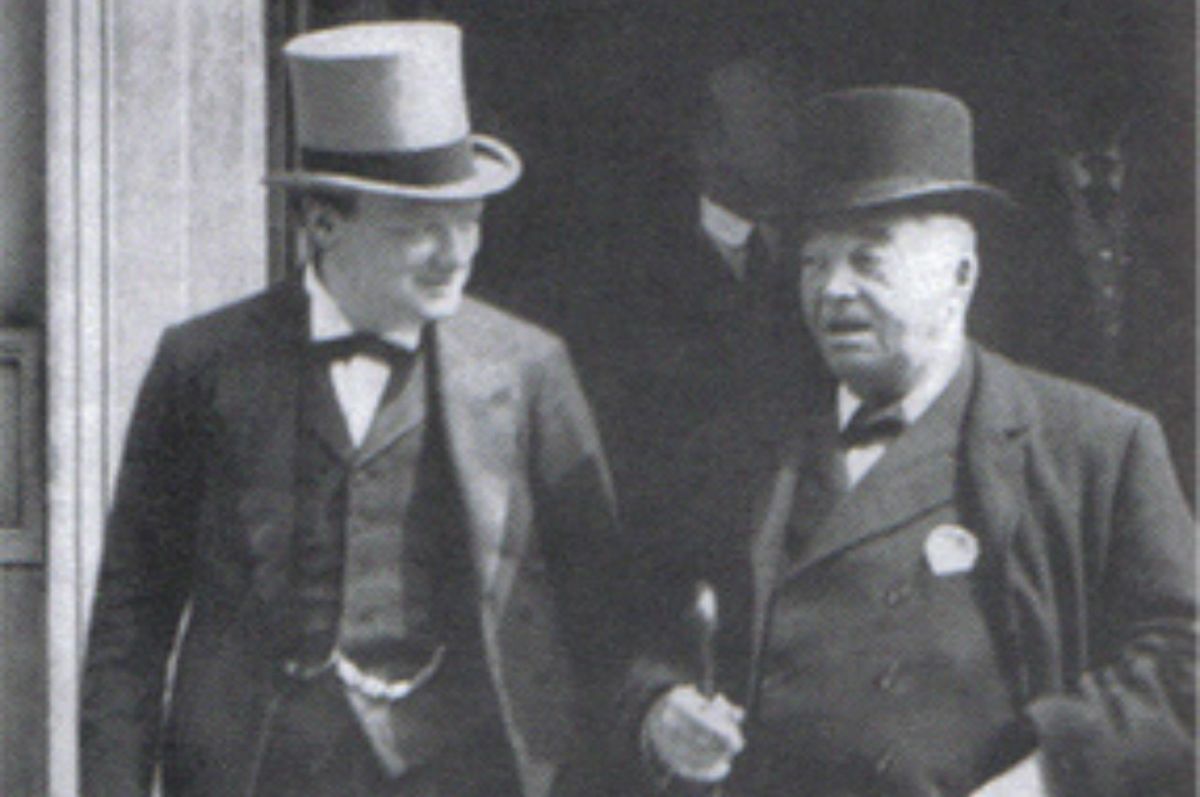- HubPages»
- Education and Science»
- History & Archaeology»
- History of the Modern Era»
- Twentieth Century History
The Lot of the Soldier Prisoner During the First World War
Introductiom
The First World War (1914-18) was the first truly global war. The war was between the Central Powers led by Germany and the Allies, led by Great Britain and France. It was the first war in world history, where prisoners of war (POWs) numbered in millions. A prisoner of war (POW) is any person who is captured or interned by an enemy country during a war.
World War I and the Hague Convention
The First World War commenced in July 1914 with the assassination of Archduke Ferdinand and his wife by a Serbian organization called the Black Hand. This precipitated a crisis and the world war commenced. The Russians came on the side of the Serbs, while Germany seizing an opportunity to invade France in the west, started the offensive. The Ottoman Empire on its last legs sided with the Central powers.
Hague Convention
Before the war, the nations had signed the Hague Convention in 1907, regarding treatment and internment of POWs during a war. The convention was not signed by the Ottoman Empire which later joined the Central Powers during the First World War.
Germany and POWs
The German drive in the west was unprecedented and large numbers of POWs were captured. The speed of the German offensive surprised even the Germans themselves and the large scale surrender and capture of POWs on the western front saw millions of soldiers being made POWs.
In the east, the German armies were equally successful and large numbers of Russian POWs were captured. Within the first 6 months of the war, more than 1.3 million POWs were captured. Accommodating so huge a population of POWs was a difficult proposition for Germany and other powers. Feeding the POWs was the bigger problem, as the German state was blockaded by the Royal Navy. The German ports facing the North Sea and teh Baltic were made inoperative.

Treatment -POWs
When war broke out in 1914, the belligerent powers had made no arrangement for POWs. As the war continued and large bodies of troops were captured, the powers set up make shift camps. The Russians also captured over a million soldiers of the Austrian army. The plight of the POWs in Russia was bad. Most of the POWs were transported to Siberia and housed in make shift shelters. Food also was poor and many POWs died because of malnutrition and the inclement weather. Medical facilities were also non-existant and many prisoners died for lack of proper medical attention.
Officer POWs
The Germans for some time tried to treat the prisoners as per the Hague convention. Officers were kept separate from the men in different camps. They were not required to do hard labor. In some cases the officer POWs were even allowed to go out of the camp for a walk after signing a declaration that they will not try to escape. The common soldiers were however not treated properly. Part of this was due to the all round food scarcity. As feeding the regular army took precedence, the POWs ration was meagre and led to many complaints.
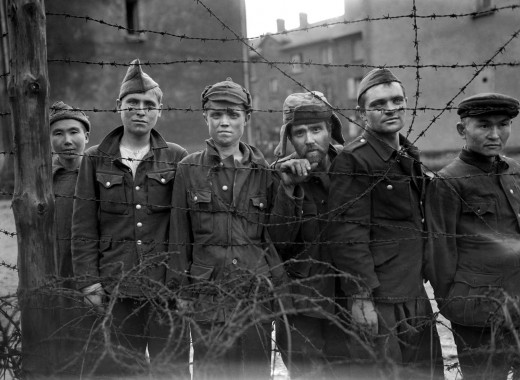
Treatment of POWs by Turkey
Conditions of POWs in Turkish hands were the worst. As Turkey had not signed the Hague convention, the treatment of prisoners in Turkish hands was poor. Rations were not adequate and generally the living conditions abominable. Officers were treated better.
Treatment by Japan
Japan joined the war alongside the allies against the Central Powers. Their treatment of German POWs was humane. It is difficult to understand as to why during the Second World War, they committed so many atrocities against POWs. The belief that treating POWs badly is part of Japanese culture is not borne out by the Japanese treatment of prisoners during World War I.
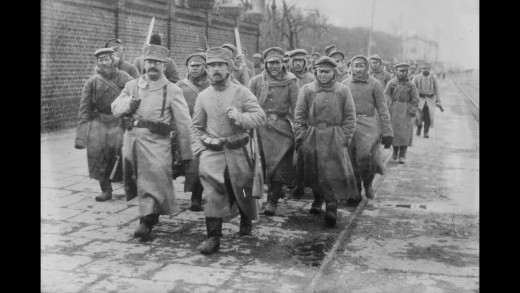
Treatment By British
The British also had no arrangements for housing large numbers of POWs. Towards the end of the war the Allies captured over a million German soldiers. Generally the treatment of POWs by the British was much more humane than those by the Central Powers.
Plight of POWs at End of War
Once the armistice was signed and Germany capitulated, no arrangements were made for repatriation of the POWs. The prison guards just melted away and the POWs had to fend for themselves. Most had to walk on foot to France.
The Russian revolution of 1917 saw Russia withdraw from the war. Germany was supposed to release the POWs, but they did not do immediately and continued using them as a labor force. At the end of the war conditions in German POW camps had become unbearable with very little food available.
Overview
The United States came into the war vey late and not many POWs were captured by the US army. They captured over a thousand POWs who were taken to USA and housed relatively better.
The First World War was a watershed in world history. For the first time POWs in large numbers were captured. The treatment in some cases was bad, but overall the barbarity witnessed during World War II based on ethnicity was absent. The treatment of POWs during World War I was better compared to World War II. A large measure of the inhumane treatment during World War II was due to the Nazi Philosophy. This was absent during World War I

